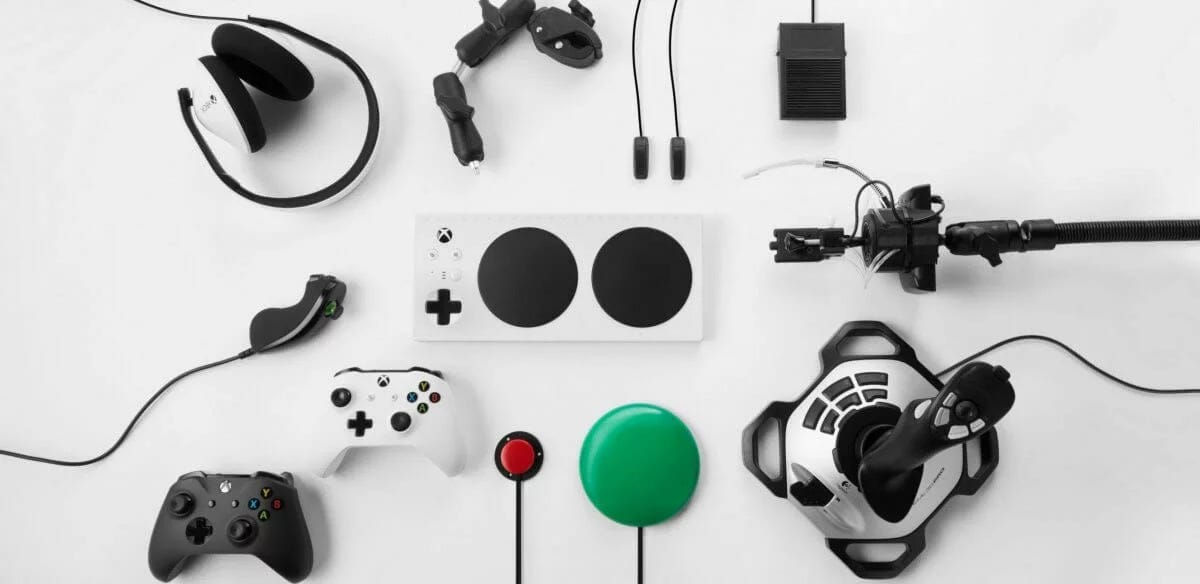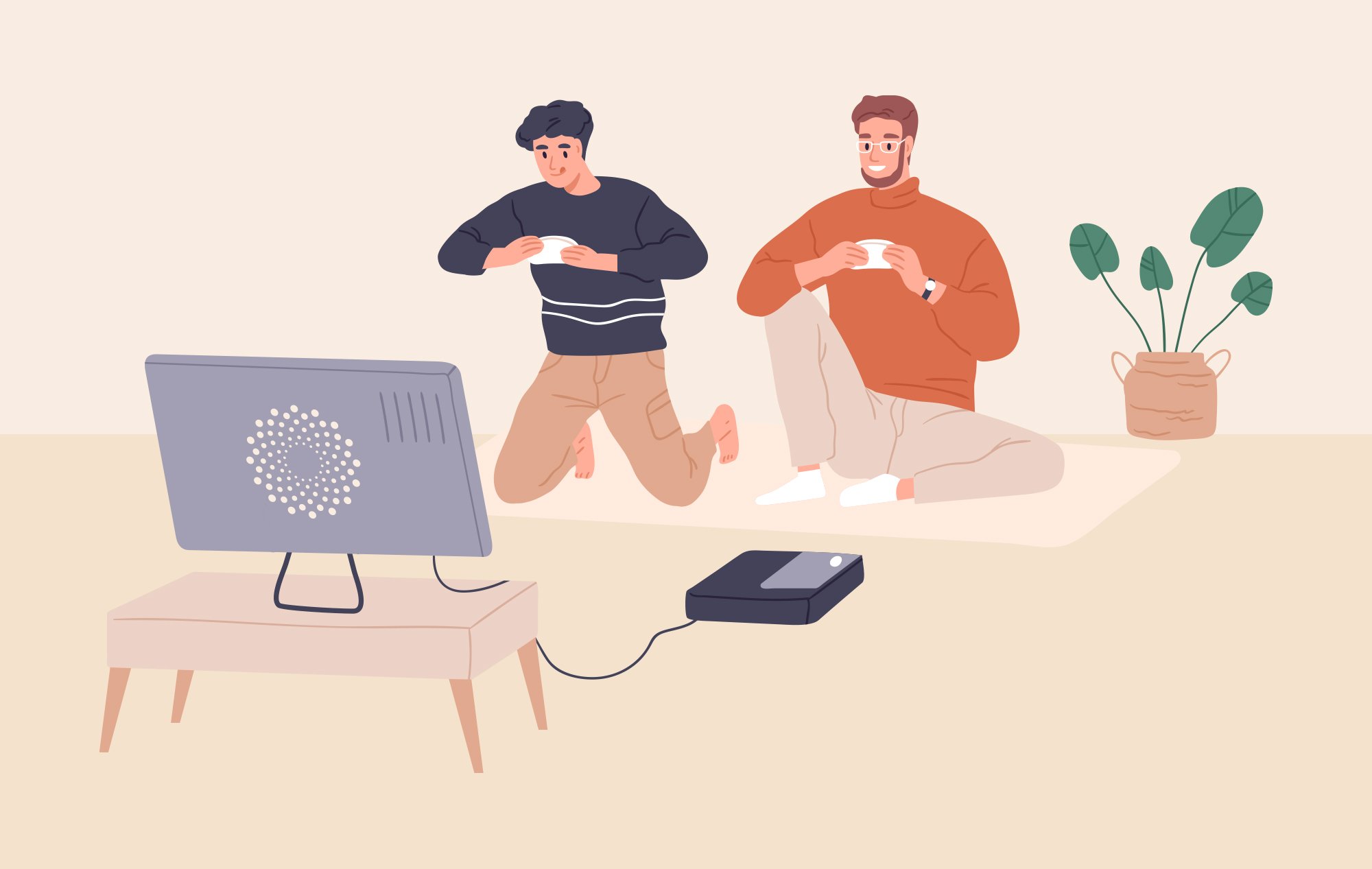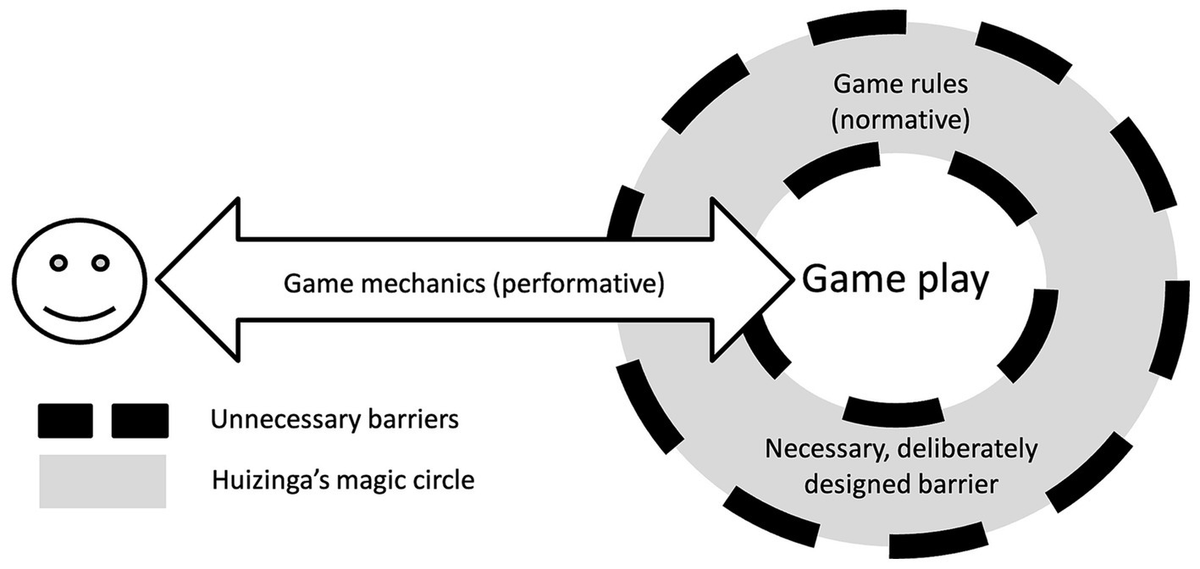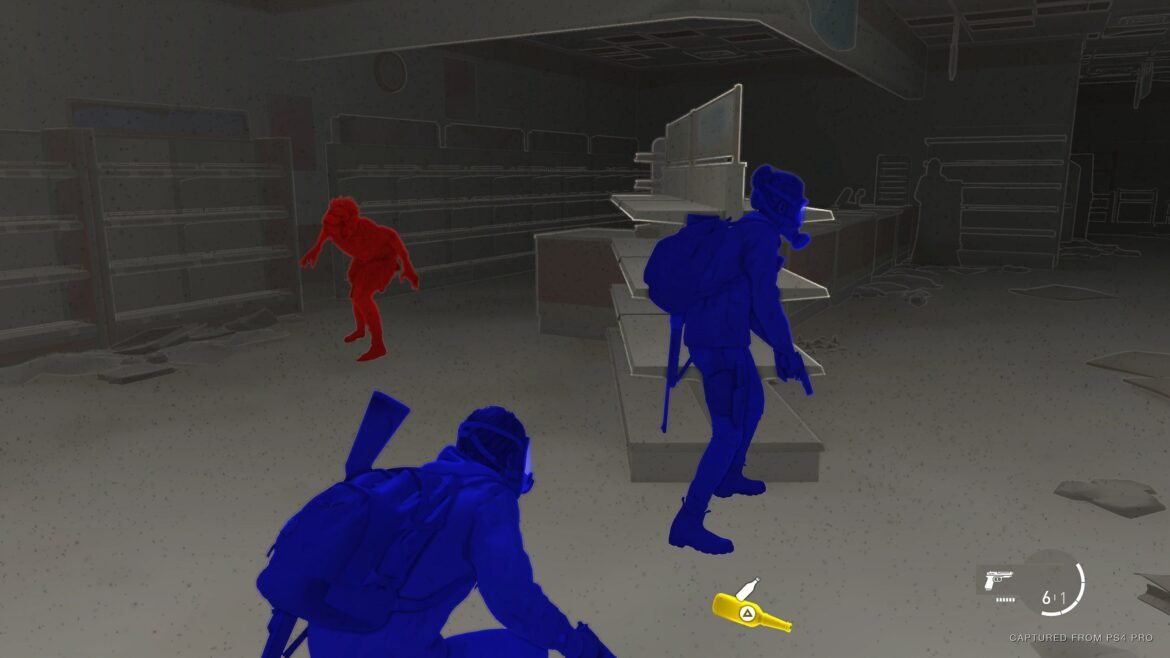
The Definition and Significance of Accessibility in Video Games
Understanding Accessibility in Video Games
Accessibility in video games refers to the design and implementation of game features that make games playable for a broader range of people, including those with disabilities. This encompasses various modifications and options, such as:
- Visual Enhancements: Options for color blindness mode and text scaling.
- Audio Adjustments: Subtitles and alternative audio descriptions for visually impaired players.
- Control Customization: Assignable keys and sensitivity adjustments to accommodate physical disabilities.
Recognizing these elements is the first step toward fostering an inclusive gaming environment. It empowers developers to consider all players during the creative process, resulting in richer experiences.
The Impact of Accessibility on Gamers with Disabilities
The impact of accessibility features is profound, as they can transform gaming from a limited experience to a fully immersive journey for gamers with disabilities. Imagine a player with limited mobility finally able to enjoy an adventure game thanks to customizable controls.
This shift not only enhances the individual’s enjoyment but also promotes community engagement.
For instance, games like “The Last of Us Part II” set benchmarks by incorporating:
- Comprehensive subtitle options
- Multiple control schemes
These features have demonstrated that accessibility is not merely an afterthought but a fundamental part of a game’s core. By prioritizing accessibility, developers can significantly uplift the gaming experience for all, reflecting the true essence of the gaming community.

Legal Requirements and Guidelines for Accessibility in Video Games
Laws and Regulations for Video Game Accessibility
As the gaming industry evolves, so does the need for legal frameworks ensuring accessibility. Various countries have enacted laws to promote inclusivity within video games. For instance, in the United States, the Americans with Disabilities Act (ADA) plays a pivotal role, making it imperative for businesses to accommodate individuals with disabilities.
Key points of these legal requirements include:
- Providing accessible websites and digital content.
- Ensuring games do not discriminate against players with disabilities.
- Potential legal ramifications for non-compliance, including lawsuits.
These regulations underline the necessity for developers to consider accessibility seriously, not just as a best practice but as a legal obligation.
Guidelines for Designing Accessible Video Games
To help navigate these legal waters, several guidelines have emerged that aid developers in creating accessible games. The Game Accessibility Guidelines, for example, provide a roadmap filled with actionable advice.
Some significant recommendations include:
- User Testing: Engage players with disabilities during the development process to receive direct feedback.
- Flexible Controls: Allow players to customize settings such as button mappings and sensitivity levels.
- Visual & Audio Cues: Integrate both visual and auditory feedback to cater to different sensory needs.
By following these guidelines, developers not only meet legal standards but also contribute to a gaming culture where everyone can participate and thrive.

Benefits of Prioritizing Accessibility in Video Games
Inclusive Gaming Experience for All Players
Prioritizing accessibility in video games creates an inclusive environment where everyone, regardless of their abilities, can enjoy the thrill of gaming. Imagine a child with a hearing impairment who can fully engage in a game thanks to subtitles and visual indicators. Accessibility features not only enhance their enjoyment but also promote empathy and understanding in the gaming community.
Some key aspects that contribute to an inclusive gaming experience include:
- Customizable gameplay: Options that cater to diverse player needs, such as adjustable difficulty levels.
- Inclusive storytelling: Narratives that reflect a variety of perspectives and experiences, enriching the overall gameplay.
Enhanced Market Reach and Player Engagement
When developers focus on accessibility, they not only support gamers with disabilities but also unlock new revenue streams. By reaching out to broader audiences, game companies can significantly boost player engagement.
Consider these statistics:
- An estimated 1 in 4 adults in the U.S. live with a disability.
- Those who feel included are more likely to become loyal customers and share their experiences within their communities.
Expanding an accessible gaming portfolio allows companies to cultivate a welcoming environment while enhancing their reputation. When players from all walks of life come together, it ultimately benefits the entire gaming ecosystem.

Challenges and Barriers to Achieving Accessibility in Video Games
Technical Limitations in Implementing Accessibility Features
Despite the significant benefits of prioritizing accessibility, technical limitations can pose challenges during the game development process. Many developers face constraints such as budget, time, and existing technology that may not support specific accessibility features.
For instance, adding customizable controls or enhanced audio options requires additional resources, which can be overwhelming for smaller studios.
Some common technical barriers include:
- Legacy Systems: Older platforms may lack the necessary capabilities for modern accessibility tools.
- Resource Allocation: Limited development time might prioritize visual aesthetics over accessibility features, sidelining essential modifications.
Lack of Awareness and Education on Accessibility Issues
Another significant barrier is the general lack of awareness and education surrounding accessibility in gaming. Many developers may not fully understand how to implement effective accessibility features or even recognize their importance.
To bridge this gap, it’s crucial to:
- Promote Training: Encourage developers to engage in workshops and resources focused on accessibility.
- Share Success Stories: Highlight games that incorporate successful accessibility features, demonstrating their positive impact on players.
Increasing awareness will pave the way for an industry that values inclusivity, making video games a welcoming space for everyone. As awareness grows, so does the potential for a transformative gaming experience.

Best Practices for Designing Accessible Video Games
Incorporating Customizable Settings and Controls
One of the most effective strategies for creating accessible video games is to incorporate customizable settings and controls. By allowing players to adjust game mechanics to suit their individual needs, developers can provide a more inclusive gaming experience. This approach not only benefits gamers with disabilities but also caters to a diverse audience by fostering personalization.
Key elements include:
- Button Remapping: Allow players to reassign controls based on their comfort and capability.
- Adjustable Difficulty Levels: Provide multiple settings to accommodate varying skill levels and ensure enjoyment for everyone.
- Sensitivity Settings: Enable players to change mouse or stick sensitivity to improve precision, especially for those with motor impairments.
Utilizing Audio and Visual Cues for Improved Accessibility
Another best practice is the integration of audio and visual cues, which significantly enhances gameplay for all players. For instance, games that include both sounds and visual indicators for notifications or critical game events create a more engaging experience.
Consider these examples:
- Subtitles: Provide clear and readable captions to benefit players who are hard of hearing.
- Visual Effects: Use animations or icons to denote actions, helping those who may struggle with auditory information grasp essential gameplay elements.
By thoughtfully implementing these practices, developers can create video games that are truly accessible, ensuring that all players can enjoy their experiences to the fullest.

Case Studies Demonstrating Successful Implementation of Accessibility Features
Examples of Video Games with Outstanding Accessibility Design
Several games have set remarkable standards in accessibility design, offering a plethora of features that cater to players with diverse needs. One standout example is “The Last of Us Part II,” which includes:
- Extensive Subtitles: Options for font size, background, and speaker names ensure clarity for players with hearing impairments.
- Customizable Controls: Players can remap buttons, adjust sensitivity, and configure various gameplay settings for a tailored experience.
Another notable game is “Celeste,” which features Assist Mode, allowing players to adjust difficulty parameters like invincibility and infinite dashes. This flexibility opens the game to a wider audience, including those who may struggle with traditional platforming challenges.
Impact of Accessibility Features on Overall Player Experience
The thoughtful implementation of these accessibility features has a profound impact on player experiences. Many players express gratitude for these options, sharing stories about how they felt included in gaming culture for the first time.
Consider the feedback from gamers who played “The Last of Us Part II.” Many praised how accessible design allowed them to connect with the storyline and characters emotionally. Additionally, these features foster community discussions around inclusivity, encouraging developers to prioritize accessibility in future games.
Overall, such successful implementations remind us that accessibility not only enhances gameplay but also enriches the entire gaming community.

The Future of Accessibility in Video Games
Technological Innovations Driving Accessibility Improvements
As the gaming landscape continues to evolve, technological innovations are paving the way for enhanced accessibility features in video games. Developers are increasingly leveraging advancements such as artificial intelligence and machine learning to create systems that adapt to players’ individual needs.
Consider some of the exciting innovations on the horizon:
- Voice Recognition: Integrating voice commands can assist players with mobility impairments, allowing them to control games using their voice instead of traditional input methods.
- Virtual Reality: As VR technology progresses, it holds the potential to provide immersive environments that can be customized to diminish sensory overload for players with autism or other sensory sensitivities.
These advancements not only offer new ways to engage with gaming but also create entirely unique experiences for those who require accessibility options.
The Role of Community Feedback and Advocacy in Promoting Accessibility
Community feedback and advocacy play crucial roles in shaping the future of accessibility in gaming. Gamers with disabilities are becoming vocal advocates for inclusivity, sharing their experiences and influencing developers.
Platforms like social media allow them to call attention to accessibility issues, leading to cooperative efforts among players and developers.
By championing accessibility, they can:
- Create awareness of the importance of inclusivity.
- Provide constructive criticism that informs future game design.
As developers listen and respond to community needs, the gaming industry can create an environment where everyone is encouraged to play, building a vibrant, diverse community for future generations.

Conclusion and Call to Action
Summary of the Importance of Accessibility in Video Games
In this exploration of accessibility in video games, it’s clear that prioritizing inclusive design is not merely a trend; it is essential for the growth and evolution of the gaming community. Accessibility paves the way for everyone—regardless of ability—to engage with stories, challenges, and worlds that video games offer.
By implementing features that cater to diverse players, developers not only enrich individual experiences but also foster a sense of belonging in the gaming world. This inclusivity leads to a broader player base, enhancing the community as a whole.
Encouraging Industry-Wide Commitment to Enhancing Accessibility
As we look to the future, it is crucial for every developer, publisher, and industry stakeholder to commit to enhancing accessibility within their games. Here’s how we can all contribute:
- Collaborate: Join forces with advocacy groups and players to identify areas for improvement.
- Educate: Invest in training sessions to raise awareness on accessibility features and their importance.
- Prioritize: Make accessibility a fundamental part of the design process, rather than an afterthought.
By embracing these calls to action, the gaming industry can build an enriching and welcoming environment for all players, ultimately leading to a thriving and diverse gaming community for years to come.

